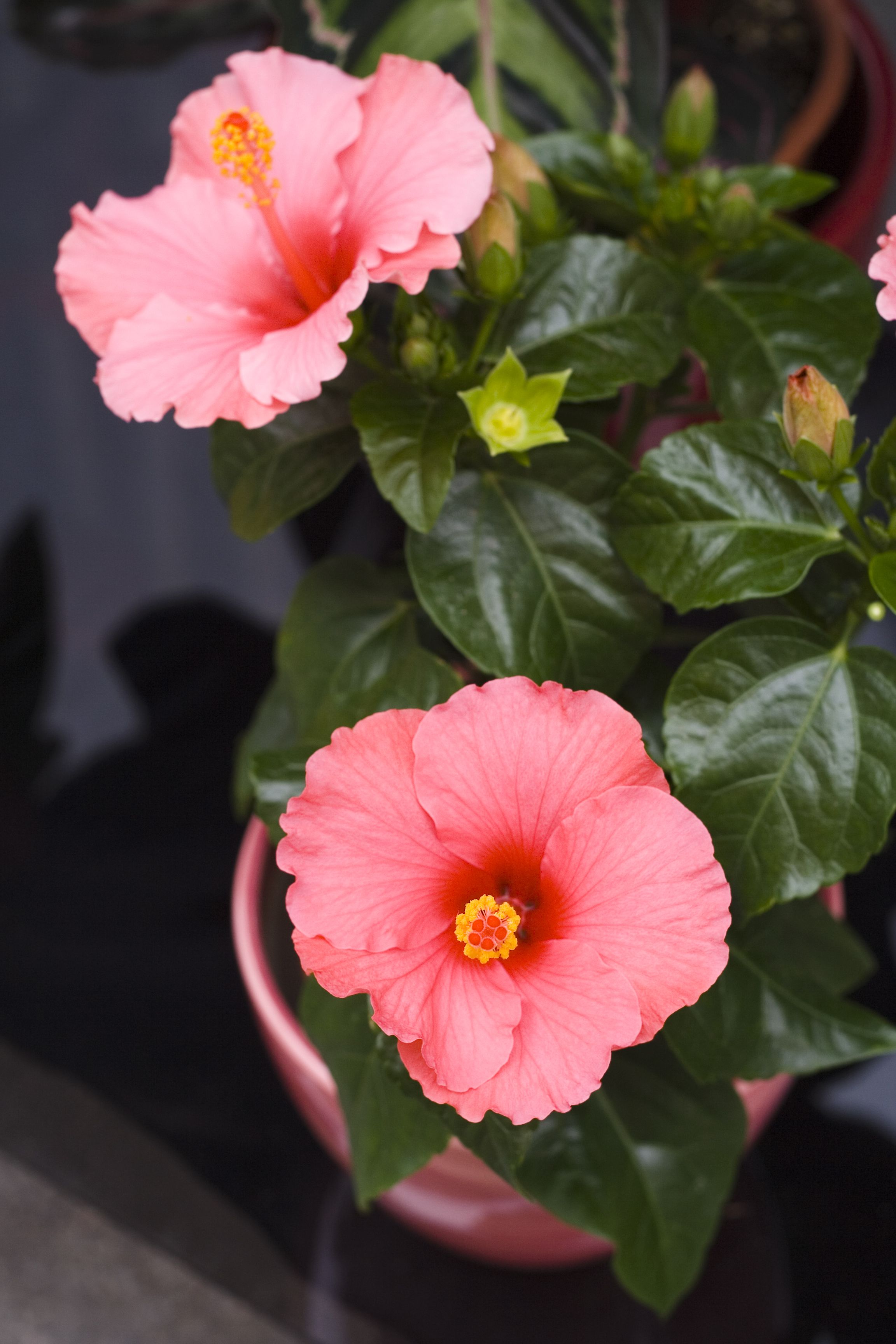
If you prefer the plants to bush out, pinch the tops of their sprouts when they’re approximately six inches tall. Sweet peas are vining plants that can grow up to 10 feet tall, so be sure to give them plenty of support using trellises, fences, arches, or bamboo stakes. Create a barrier around them using cloches or the small plastic produce baskets from cherry tomatoes, berries, and strawberries you’ve purchased at the supermarket. You'll also want to protect the seedlings from slugs, birds, and other pests that may see them as tasty treats. Sweet peas need fertile, loamy, well-drained soil to thrive, as well as plenty of sunshine. Regardless of when you sow, be sure to prepare the soil with compost or finished manure. Flowers often last throughout the summer if you live in a cooler area like the Pacific Northwest, where I live. Although you’ll have to wait all winter to see your first blooms, your plants will have developed a strong root system and begin to explode with delicate flowers by the early spring. In milder climates, you'll want to plant sweet pea seeds in the fall. When it comes time to plant, dig a trench about four inches deep and use a dibber or pencil to create small holes in which to drop the seeds. Be sure to harden the seedlings off for a week or so and place them in the garden when the soil is warm enough to work. Sow the seeds in indoor pots to get them off to a great start before planting them outside. Although sweet peas are traditionally sown in the fall, people who live in colder climates (zone 7 or colder) might want to plant them in the late winter or early spring before the last frost. Pre-soak the seeds for 24 hours, and nick the surface each one with a sharp blade. Sowing your sweet pea seeds will require a bit of preparation, but it’s more than worth it.


Just imagine how they would look alongside some vibrant plants and flowers. For example, Dorothy Eckford is a sweet pea variety that produces subtle white flowers. While sweet peas are great attention-stealers, they can also complement some of the showier blooms in your garden. If you're looking for unique colors, check out Henry Eckford, Electric Blue, and Velvet Elegance, but remember that these varieties may not be as sweet-smelling as others. Painted Lady, a bi-colored variety, features pink and white flowers that emit a strong scent. If fragrance is one of your top priorities, consider growing heirloom varieties that bear a more traditional scent, such as Cupani (the original sweet pea) and Butterfly Old Spice.

Unless you’ve saved seeds from the previous year’s flowers, you’ll likely have to purchase some from your favorite local or online seed retailer. While they are similarly shaped, sweet pea pods can be distinguished by their fine, white "hair." The flowers go to seed if left uncut and form pods that vaguely resemble the pods of edible peas. Sweet peas are annual plants and will readily self-sow. Sweet pea seeds have to be sown in cool weather, and their flowers typically bloom right before the temperature starts to climb. Specifically, they prefer mild winters and cooler summers. Plus, they flower profusely, making it easy to create a ton of bouquets for you and your friends, family, and neighbors to enjoy! Sweet pea flowers continue to fill a room with their heavenly scent long after they’re cut - especially if you cut them in the morning when the aroma is at its strongest and sweetest.Īlthough they can technically grow anywhere, sweet peas tend to do better in places with cooler weather.

Still, those who've made the effort will tell you that sweet peas have added color, fragrance, and overall visual interest to their gardens. While most plant enthusiasts would agree that sweet peas are beautiful, the special care required to start them from seed can be intimidating to new gardeners. While some varieties only give off a subtle scent, most boast a full-bodied, sweet, and sensuous perfume that's difficult to duplicate. Some sweet peas even feature beautiful bi-colored flowers. Modern varieties are available in several colors, including white, blue, purple, red, and pink. Since then, these plants have become famous for their delicate flowers, intoxicating scents, and pastel shades. Sweet peas (or Lathyrus odoratus) are native to Sicily and have been grown in gardens since the British horticulturist Henry Eckford began cross-breeding them in the 17th century. While there may be a grain of truth to this, sweet peas can still make a wonderful outdoor addition when the conditions are right. Over the centuries, sweet peas have garnered the reputation of being the divas of the cottage garden: difficult to germinate, slightly finicky, and tough to grow.


 0 kommentar(er)
0 kommentar(er)
